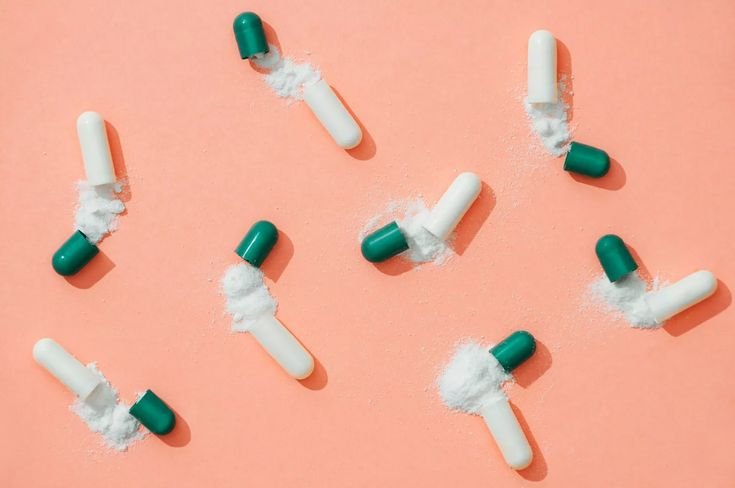
By Thijs in Blogs 16/10/2023 · 5 minute read
Empty Capsules, whether sculpted from gelatin, HPMC, or Pullulan demonstrate resilience against numerous manufacturing and formulation challenges, exhibiting robustness and quality. However, they are not immune to degradation without proper care.
Ensuring optimal quality and longevity demands meticulous attention to temperature and humidity control. Let’s delve into the essential aspects.
Essential Aspects of Empty Capsules Storage
While gelatin capsules from itself possess more moisture (13%-16%) than HPMC capsules (3%-8%), they also withdraw it more rapidly. It’s crucial to acknowledge that ambient conditions substantially impact empty capsules; their moisture content will steadily synchronize with the adjacent relative humidity. Absent controls during production, storage, transport, filling, and packaging stages, capsules risk becoming overly dry or excessively moist.
Specifications for Maintenance and Storage of Empty Capsules
Gelatin Capsules
Relative Humidity: 35% to 65%.
Temperature (Celsius): 15° to 25°.
HPMC (Veggie) Capsules
Relative Humidity: 35% to 70%.
Temperature (Celsius): 15° to 30°.
To safeguard your empty capsules, store them on pallets, distant from potential moisture and heat sources, such as hot water pipes, radiators, and areas susceptible to water condensation. Avoid direct sunlight, high-rack locations, and proximity to hotspots, like lights and HVAC vents, to control the temperature accurately.
Ensuring Quality during Empty Capsule Filling
Cognizant of the drying influence of heating systems in colder weather, utilizing portable industrial humidifiers can help maintain desired humidity levels within the filling room and prevent rapid moisture loss from capsules. Always utilize resealable ties for open capsule cartons to fortify capsule protection during encapsulation.
A nuanced detail is the vacuum level on the filling machine: employ only the necessary vacuum to separate the empty capsules, as an excessive vacuum might induce pin-hole fracturing, allowing the product to escape.
Managing Conditions during Packaging of Empty Capsules
Mindfulness towards heat sources, like blister machines and heat tunnels, is imperative during packaging to prevent prolonged heat exposure, particularly when capsules are in contact with equipment like thermoforms. Gelatin capsules demand meticulous humidity management in packaging areas since some ambient air will be sealed with the product. Also, weigh the necessity of incorporating desiccants in the packaging, as they might cause capsules to become excessively dry.
Consequences of Inadequate Climate Control
Should optimally conditions for capsule storage and handling be disregarded, various issues might arise:
Brittleness: Capsules can become brittle and prone to breakage if moisture levels fall below 13% for gelatin and 3% for HPMC.
Static Electricity: Low humidity can cause static electricity build-up, making capsules adhere together and interrupting machine flow during filling.
Dimensional Changes: High humidity can cause gelatin capsules to undergo hydrothermal contraction, altering capsule dimensions and potentially leading to leaks, improper closure, and fill material instability.
Melting Point Fluctuations: Humidity can alter the melting point of gelatin capsules, affecting their dissolution post-ingestion.
Cross-Linking: Gelatin capsules can undergo cross-linking of gelatin molecules under high temperature and humidity, resulting in near-insoluble capsules.
Sticky Capsules: Elevated temperatures cause capsules to become limp and sticky, promoting adherence to each other and resisting separation.
Conclusion
Require assistance in assessing and optimizing your facility’s conditions?
FOREFRONT Nutraceuticals offers a myriad of services, including ensuring the optimal environment for capsule storage and handling, to our valued clients.




